Maintenance of cognitive functions in elderly people
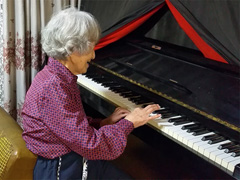
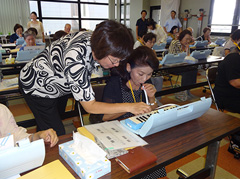
As bedridden people often develop dementia, physical activities seem to be closely related to cognitive functions. Recently, a lot of studies have suggested that physical activity is beneficial for prevention of dementia. However, it is not yet clear what aspect of the activity has such benefit. We have hypothesized that the learning element, typically included in sports and skill acquisitions, unlike some simple aerobic exercise, plays a critical role in the prevention of dementia. Based on these hypotheses, we are doing research taking both behavioral and brain measures.
” NIKKEI, June 29, 2014
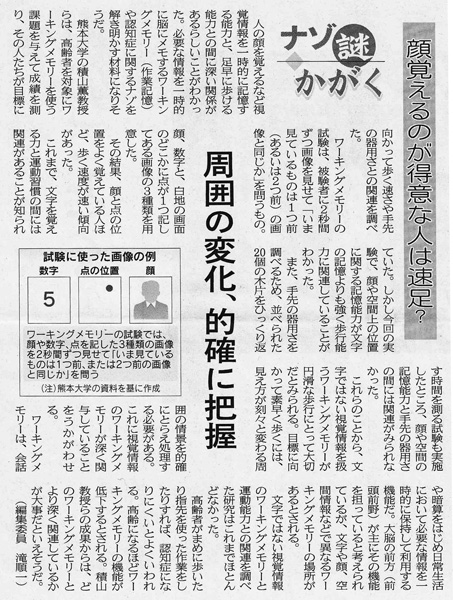
Main article
Suzuki, M., Kawagoe, T., Nishiguchi, S., Abe, N., Otsuka, Y., Nakai, R., Asao, K., Yamada, M., Yoshikawa, S., Sekiyama, K. (2018). Neural Correlates of Working Memory Maintenance in Advanced Aging: Evidence From fMRI. Frontiers in Aging Neuroscience, 10: 358, 14 pages. doi:10.3389/fnagi.2018.00358 External link
Kawagoe, T., Matsushita, M., Hashimoto, M., Ikeda, M., & Sekiyama, K. (2017). Face-specific memory deficits and changes in eye scanning patterns among patients with amnestic mild cognitive impairment. Scientific Reports, 7, 14344. doi:10.1038/s41598-017-14585-5 PDF
Kawagoe, T., Suzuki, M., Nishiguchi, S., Abe, N., Otsuka, Y., Nakai, R., Yamada, M., Yoshikawa, S., & Sekiyama, K. (2015). Brain activation during visual working memory correlates with behavioral mobility performance in older adults. Frontiers in Aging Neuroscience. 7.Article 186 (9 pages). doi: 10.3389/fnagi.2015.00186. PDF
Nishiguchi, S., Yamada, M., Tanigawa, T., Sekiyama, K., Kawagoe, T., Suzuki, M., Yoshikawa, S., Abe N., Otsuka, Y., Nakai, R., Aoyama, T., & Tsuboyama, T. (2015). A 12-Week Physical and Cognitive Exercise Program Can Improve Cognitive Function and Neural Efficiency in Community-Dwelling Older Adults: A Randomized Controlled Trial, Journal of the American Geriatrics Society, 63, 1355-1363. doi:10.1111/jgs.13481
Kawagoe, T., & Sekiyama, K. (2014). Visually encoded working memory is closely associated with mobility in older adults. Experimental Brain Research, 232, 2035-2043. doi: 10.1007/s00221-014-3893-1 PDF
Investigate the plasticity of cognitive functions
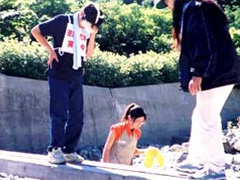
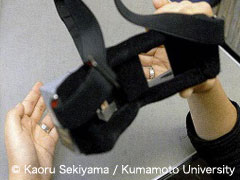
People effectively move their body (e.g., reaching their hand for visual target objects) without trial and error. Body image seems to underlie this phenomenon that accumulates the knowledge of mappings between visual, motion command, and tactile information. When body image does not work well under manipulation by reversing prism spectacles, how do people adapt to that situation? Our research found that people can adapt themselves to such drastic environmental changes and that remarkable modifications occur in their brain.
“BRAIN: Through the Looking Glass”
NATURE | VOL.407 21 SEPTEMBER 2000
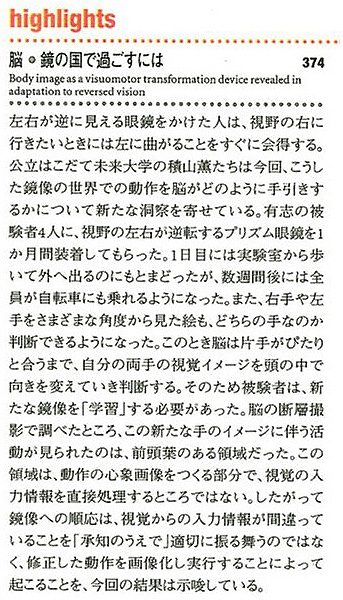
Main article
Sekiyama, K. Hashimioto, K., & Sugita, Y. (2012). Visuo-somatosensory reorganization in perceptual adaptation to reversed vision. Acta Psychologica, 141 , 1-12. doi:10.1016/j.actpsy.2012.05.011 PDF
Sekiyama, K. Miyauchi, S., Imaruoka,T., Egusa, H. & Tashiro, T. (2000). Body image as a visuomotor transformation device revealed in adaptation to reversed vision. Nature, 407, 374-377. PDF
Sekiyama, K. (1983). Mental and physical movements of hands: Kinesthetic information preserved in representational systems. Japanese Psychological Research, 25, 95-102. PDF
Sekiyama, K. (1982). Kinesthetic aspects of mental representations in the identification of left and right hands. Perception & Psychophysics, 32, 89-95. PDF
Language-specific speech perception
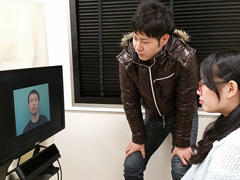
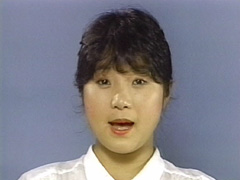
Speech perception (i.e., listening to speech) is based on the auditory information processing and this processing is specific to people’s own native language. Native language also influences audiovisual speech perception (i.e., listening to speech while watching speaker’s face), especially the processing of integration of visual and audio information. In our research, behavioral measures, eye scanning patterns, and brain activities during audiovisual speech perception task have suggested that native Japanese speakers rely on audio information to a greater degree than native English speakers.
Culturally different speech processing” NIKKEI, October 7, 2016
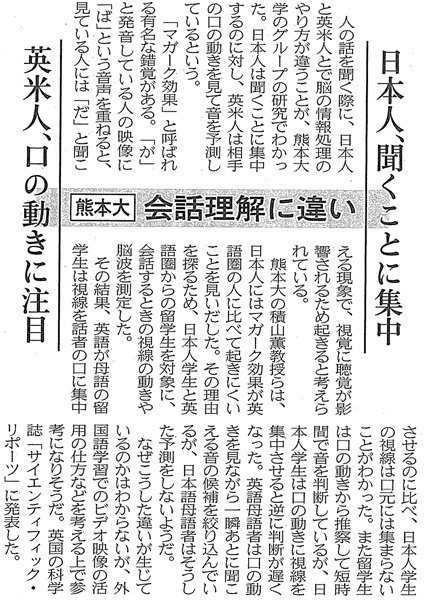
Main article
Hisanaga, S., Sekiyama, K., Igasaki, T., & Murayama, N. (2016). Culture/language modulates brain and gaze processes in audiovisual speech perception. Scientific Reports, 6:35265, 1-10. doi: 10.1038/srep35265 PDF
Shinozaki, J., Hiroe, N., Sato, M-A., Nagamine, T., & Sekiyama, K. (2016). Impact of language on functional connectivity for audiovisual speech integration. Scientific Reports, 6:31388, 1-13. doi: 10.1038/srep31388 PDF
Sekiyama, K., Kanno.I., Miura, S. & & Sugita, Y. (2003). Auditory-visual speech perception examined by fMRI and PET. Neuroscience Research, 47, 277-287. PDF
Sekiyama, K. (1997). Cultural and linguistic factors in audiovisual speech processing: The McGurk effect in Chinese subjects. Perception & Psychophysics, 59, 73-80. PDF
Sekiyama, K. (1994). Difference in auditory-visual speech perception between Japanese and Americans: McGurk effect as a function of incompatibility. Journal of the Acoustical Society of Japan (E), 15, 143-158. PDF
Sekiyama, K. & Tohkura, Y. (1993). Inter-language differences in the influence of visual cues in speech perception. Journal of Phonetics, 21, 427-444. PDF
Sekiyama, K. & Tohkura, Y. (1991). McGurk effect in non-English listeners: Few visual effects for Japanese subjects hearing Japanese syllables of high auditory intelligibility. Journal of the Acoustical Society of America, 90, 1797-1805. PDF
Development and plasticity of cognitive functions in children
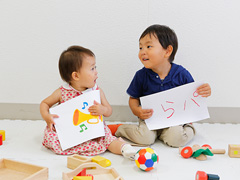
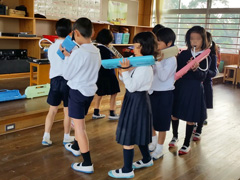
How do “embodied spatial cognition” and “language-specific speech perception” develop in children? Is it possible to improve children’s cognitive functions by a certain training that incorporates developmental characteristics? We are doing a variety of research on these questions.
Main article
Guo, X., Ohsawa, C., Suzuk, A., & Sekiyama, K. (2018). Improved Digit Span in Children after a 6-Week Intervention of Playing a Musical Instrument: An Exploratory Randomized Controlled Trial. Frontiers in Psychology, 8, 02303. doi:10.3389/fpsyg.2017.02303 PDF
Sekiyama, K., Kinoshita, T., & Sohi, T. (2014). Strong biomechanical constraints on young children's mental imagery of hands. Royal Society Open Science, 1: 140118 (14 pages). doi: 10.1098/rsos.140118. PDF
Sekiyama, K., Soshi, T., & Sakamoto, S. (2014). Enhanced audiovisual integration with aging in speech perception: A heightened McGurk effect in older adults. Frontiers in Psychology, Language Sciences, 5, Article 322 (12 pages). doi:10.3389/fpsyg.2014.00323. PDF
Sadakata, M. & Sekiyama, K. (2011). Enhanced perception of various linguistic features by musicians: A cross-linguistic study. Acta Psychologica, 138, 1-10. doi:10.1016/j.actpsy.2011.03.007 PDF
Sekiyama, K. & Burnham, D. (2008). Impact of language on development of auditory-visual speech perception. Developmental Science, 11, 303-317. PDF
